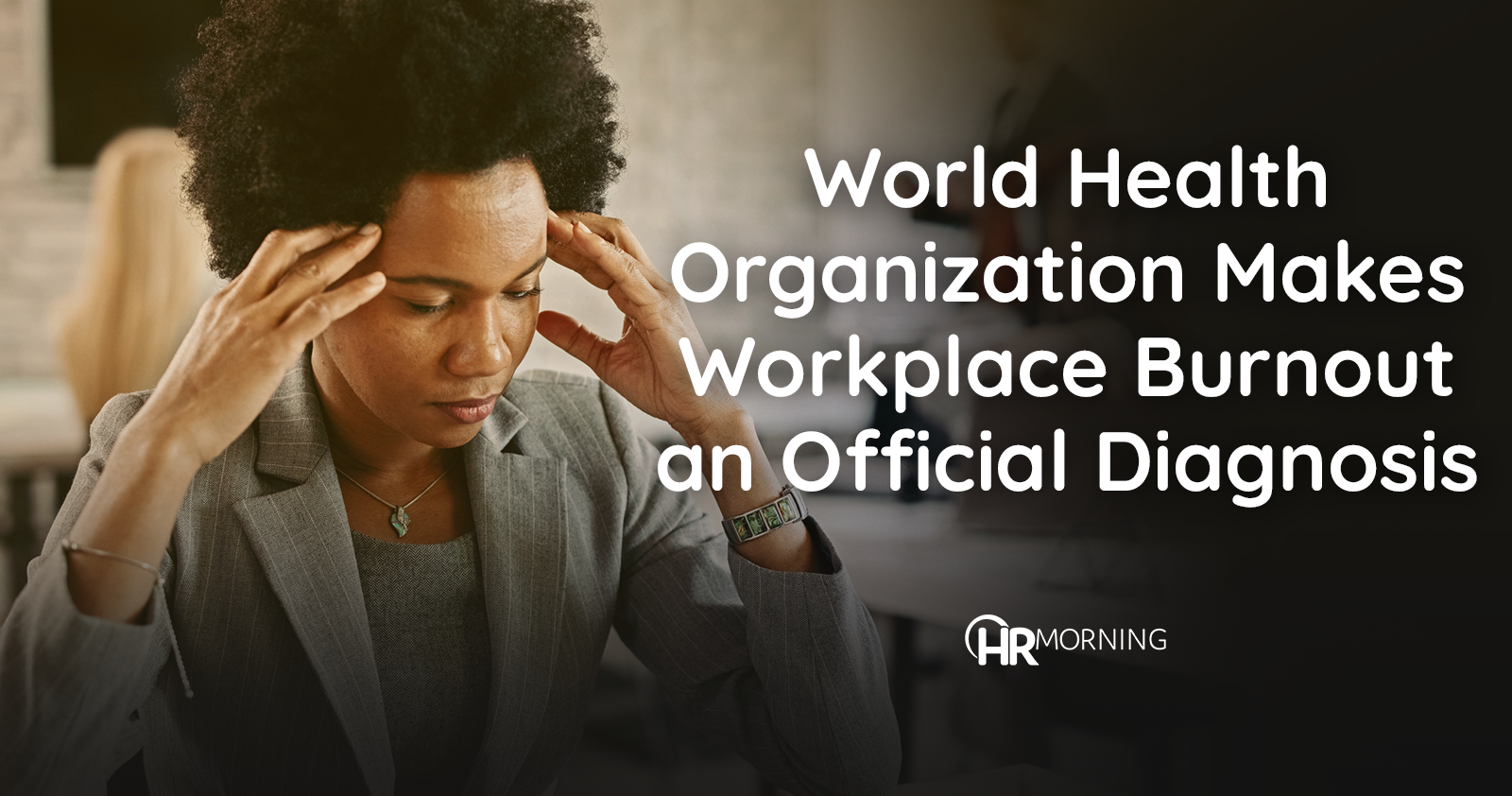When work stress escalates to the level of a chronic mental health issue, the UN health agency says, it becomes employee burnout and hurts employee’s ability to do their jobs.
Everyone gets stressed at work once in a while, but a couple of productive days or a relaxed weekend is usually enough to move past the tough days.
However, when workplace stress never lets up, employees are in danger of going past the point where a little R&R can set things right.
Defining employee burnout
The World Health Organization said Tuesday that its latest revision of its International Statistical Classification of Diseases and Related Health Problems (ICD-11) redefines “burnout” as an “occupational phenomenon.”
That means that, while employees experiencing burnout might seek care, it is not considered a disease by the WHO.
According to the latest edition of WHO’s ICD-11, workplace burnout has three defining components:
1) Feelings of energy depletion or exhaustion,
2) Increased mental distance from one’s job, or feelings of negativism or cynicism related to one’s job,
3) Reduced professional efficacy.
WHO members adopted ICD-11 on May 25 and it will go into effect in January 2022.
The cost of employee burnout
It will be some time before any employer sees an FMLA claim with a doctor’s certification that a worker suffers specifically from “a syndrome … resulting from chronic workplace stress that has not been successfully managed,” as the official WHO definition says.
But there is little doubt that many organizations see the impact of employee burnout in absenteeism, presenteeism, reduced productivity, and higher accident rates.
And that makes it important for organizations to watch carefully for signs of burnout. They should help employees to achieve a healthier balance between the demands of their jobs and their mental and physical well-being.
Workplace wellness experts recommendations range from increasing employees’ participation in decision making to reviewing how well workers’ skills match their jobs’ requirements.
Other recommendations include cross-training employees and ensuring employees take vacations and other time off they are entitled to.
Multiple studies show that employee burnout left unaddressed is expensive in terms of short-term productivity, employee retention and long-term health care costs.


